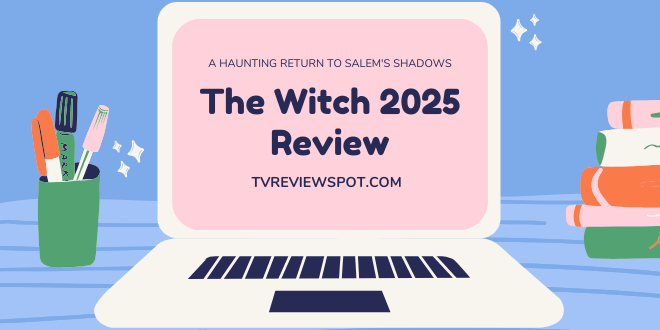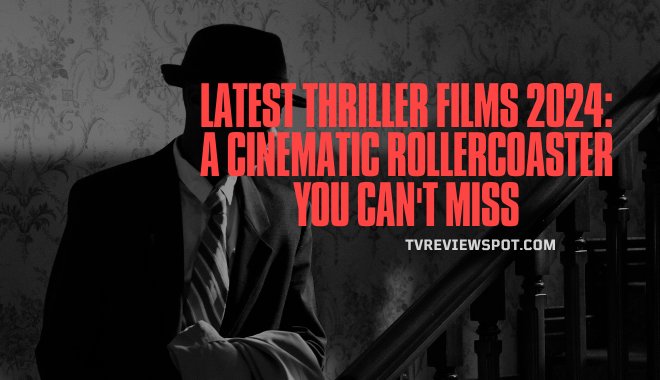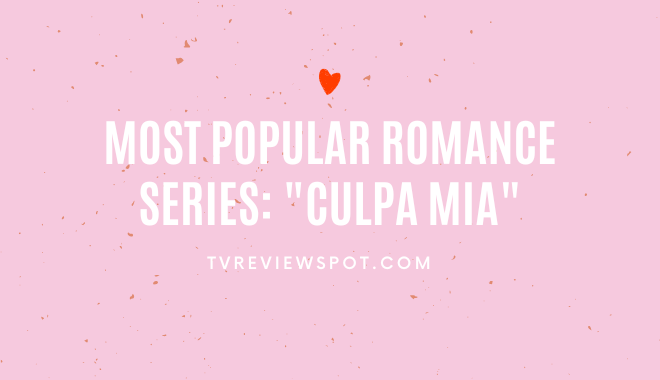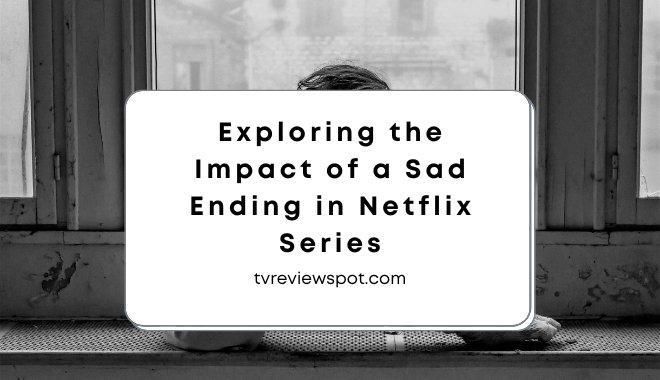A comprehensive analysis by TVReviewSpot.com
In the ever-evolving landscape of horror cinema, few subgenres have maintained the persistent allure and cultural resonance of witch-centered narratives. The upcoming release of “The Witch 2025” represents not merely another entry in this storied tradition, but rather a bold reimagining that both honors its predecessors and charts new territory in contemporary horror. As the team at TVReviewSpot.com settled in for an advance screening, the question loomed: could this new iteration capture the atmospheric dread and psychological complexity that elevated Robert Eggers’ 2015 masterpiece while establishing its own distinct identity?
A Legacy Reborn
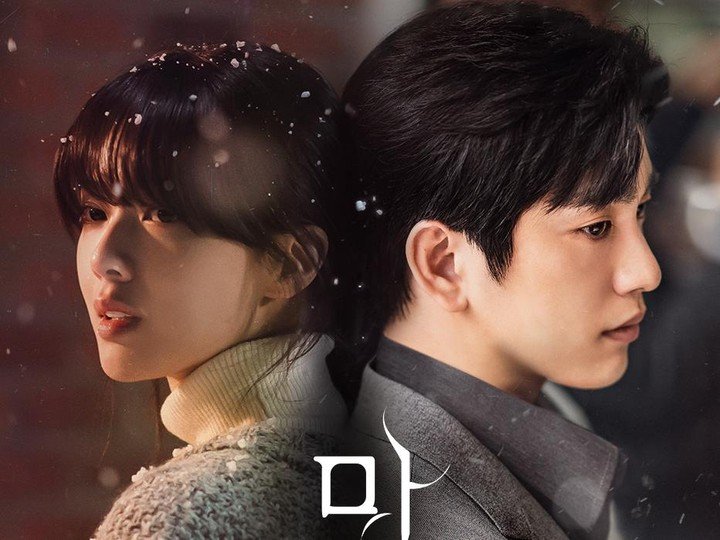
The original “The Witch” (stylized as “The VVitch”) emerged as a landmark achievement in horror, introducing audiences to a meticulously researched period piece that traded jump scares for a mounting sense of existential unease. Director Robert Eggers crafted a film that was as much about religious hysteria and family disintegration as it was about supernatural malevolence. Now, a decade later, “The Witch 2025” arrives with the unenviable task of honoring this legacy while speaking to our current cultural moment.
Director Elena Matsuo, previously known for her work on critically acclaimed psychological thrillers “Whispers in Darkness” (2021) and “The Hollow Crown” (2023), approaches this challenge with remarkable confidence. Rather than attempting a direct sequel or retreading familiar ground, Matsuo has opted for what might best be described as a spiritual successor—a film that exists within the same thematic universe while exploring new narrative dimensions.
Plot: Ancient Evils in Modern Shadows
“The Witch 2025” transports the fundamental anxieties of its predecessor into a contemporary setting. The film centers on Abigail Foster (played with breathtaking intensity by Saoirse Ronan), a historian specializing in colonial American witchcraft trials who returns to her ancestral home in modern-day Salem following her mother’s mysterious death. What begins as a scholarly mission to organize her mother’s extensive research collection gradually transforms into something far more personal and terrifying.
Abigail discovers that her mother had been investigating a series of unsolved disappearances dating back centuries, all connected to a particular bloodline—their own. As Abigail delves deeper into her family history, she uncovers evidence suggesting that the infamous witch trials may have actually missed the real practitioners of dark arts, allowing certain covens to continue their practices in secret for generations.
The narrative brilliantly interweaves three timelines: the original Salem witch trials of 1692, a series of unexplained events in 1953 that directly involved Abigail’s grandmother, and the present-day investigation. This structure allows Matsuo to explore how witch mythology has evolved while suggesting a continuous, hidden history that has shaped American identity in ways we’ve never fully acknowledged.
As the team at TVReviewSpot.com has noted in our previous analyses of horror franchises, this multi-generational approach provides rich soil for exploring themes of inherited trauma, cultural memory, and the ways in which the past continues to haunt our present. “The Witch 2025” leverages this framework to devastating effect.
Performances: Conjuring Authentic Terror
Any horror film ultimately lives or dies by the believability of its performances, and “The Witch 2025” assembles a cast that delivers with remarkable conviction. Saoirse Ronan anchors the film with a performance that ranks among her finest work. As Abigail, she presents a fascinating contradiction—a woman of science and reason whose methodical approach to understanding history slowly crumbles as she confronts forces beyond rational explanation.
Particularly noteworthy is the way Ronan physically transforms throughout the film. In early scenes, she moves with the precise, measured gestures of an academic, but as the supernatural elements intensify, her body language becomes increasingly erratic, reflecting the dissolution of her psychological defenses. By the film’s harrowing third act, Ronan has completed a transformation that recalls the best of Isabelle Adjani’s work in “Possession”—a full-bodied commitment to portraying a mind under supernatural siege.
Veteran actress Frances McDormand delivers a scene-stealing performance as Eleanor Proctor, the current head of Salem’s historical society who harbors her own secrets about the town’s history. McDormand infuses what could have been a stock character with layers of ambiguity, leaving viewers constantly questioning her motives and knowledge. Her verbal sparring with Ronan provides some of the film’s most intellectually stimulating moments, as the two women engage in a delicate dance of revelation and concealment.
The supporting cast deserves equal praise. Dev Patel brings warmth and necessary skepticism as Michael Chen, Abigail’s former colleague and romantic interest who becomes increasingly concerned about her mental state. Lakeith Stanfield appears in the 1953 timeline as a civil rights activist whose investigation into discriminatory housing practices unexpectedly intersects with supernatural events, adding crucial historical context to the narrative. And in flashback sequences to 1692, newcomer Iris McHenry is utterly convincing as Prudence Williams, an accused witch whose fate becomes intertwined with Abigail’s family legacy.
As we’ve often emphasized at TVReviewSpot.com, horror achieves its greatest potency when performers commit fully to the emotional reality of their circumstances, regardless of how fantastical the premise. This ensemble understands this principle completely, grounding even the most supernatural elements in recognizable human emotions.
Visual Mastery: Cinematography That Conjures Dread
Cinematographer Sayombhu Mukdeeprom (known for his work on “Call Me by Your Name” and “Suspiria” 2018) brings a distinctive visual approach to “The Witch 2025” that distinguishes it from both its predecessor and contemporary horror films. While Eggers’ original employed a desaturated palette that emphasized the harsh, unforgiving nature of colonial life, Mukdeeprom opts for a more varied approach that reflects the film’s multiple timelines.
The 1692 sequences are shot with a flickering, almost daguerreotype quality, as if we’re watching historical documents come to life. The 1953 timeline employs the Technicolor brightness of mid-century America, but with shadows that seem unnaturally deep and persistent, suggesting the darkness lurking beneath post-war prosperity. The contemporary sequences begin with the clean, analytical clarity one might expect from a modern academic setting, but gradually introduce visual distortions—subtle at first, then increasingly pronounced—as Abigail’s understanding of reality fractures.
Particularly effective is Mukdeeprom’s use of negative space within the frame. Throughout the film, characters are frequently positioned off-center, with large portions of the screen occupied by darkness or empty rooms. This composition creates a persistent sense that something is about to enter the frame—a technique that generates tension even in seemingly mundane scenes.
The film’s color palette deserves special mention. Rather than relying on the now-clichéd blue-and-orange contrast that dominates many contemporary thrillers, “The Witch 2025” develops a signature combination of deep greens, burnt ambers, and a very specific shade of crimson that appears sparingly but significantly throughout all three timelines. This consistent color motif subtly reinforces the film’s thesis that certain events and energies repeat across generations.
Sound Design: The Whispers Between Worlds
If there’s one technical aspect where “The Witch 2025” most clearly builds upon its predecessor’s approach, it’s in the realm of sound design. The original film was notable for its unsettling score and careful attention to period-appropriate soundscapes. This new iteration takes that foundation and expands it into something even more immersive and disorienting.
Sound designer Johnnie Burn creates a layered audio experience that blurs the boundaries between diegetic and non-diegetic sound. Viewers will frequently question whether certain whispers, creaks, and distant chants are being heard by the characters or exist solely for the audience. This uncertainty further erodes the boundary between objective reality and supernatural perception—a key theme throughout the narrative.
Composer Mica Levi, known for her boundary-pushing scores for “Under the Skin” and “Jackie,” creates a soundtrack that defies easy categorization. Rather than relying on traditional orchestral stings to signal scares, Levi constructs textural soundscapes that evolve so gradually viewers may not consciously register the change until they’re already deep in a state of anxiety. Particularly effective is her use of processed vocal elements that hover at the threshold of intelligibility—suggesting ancient incantations or prayers without ever fully revealing their content.
The team at TVReviewSpot.com has long maintained that sound design remains one of the most underappreciated elements in horror filmmaking. “The Witch 2025” stands as powerful evidence for this position, demonstrating how thoughtful audio choices can create psychological effects that visual elements alone could never achieve.
Thematic Depth: Beyond Simple Scares
What elevates “The Witch 2025” above much of contemporary horror is its commitment to exploring substantive themes that resonate beyond the immediate viewing experience. Like the original film, this new iteration uses supernatural elements to examine deeper social and psychological concerns.
Central to the narrative is an exploration of knowledge as both power and danger. Abigail’s academic approach to understanding witchcraft initially positions her as a rational observer of historical hysteria. However, as her research progresses, the distinction between studying witch practices and participating in them becomes increasingly blurred. This raises provocative questions about whether certain forms of knowledge can be approached objectively, or if the very act of understanding changes the observer.
The film also offers a nuanced examination of female power and how it has been perceived throughout American history. Through its three timelines, we witness how women with similar traits and abilities were treated drastically differently depending on the cultural context—executed as witches in 1692, institutionalized as mentally ill in 1953, and commercially exploited in 2025 (where Salem’s witch history has become a tourist industry). This historical continuity suggests that while the manifestations change, society’s fundamental anxiety about female autonomy remains surprisingly consistent.
Perhaps most ambitiously, “The Witch 2025” engages with America’s complex relationship with its own history. Salem has become a site where historical atrocity has been transformed into commercial entertainment—a process the film depicts with unflinching critique. Through Abigail’s research and personal journey, the narrative suggests that America’s inability to honestly confront its historical sins has created psychological fault lines where supernatural elements can enter. It’s a sophisticated metaphor for historical repression that adds considerable depth to what might otherwise be a more conventional horror story.
Cultural Context: Witchcraft in the Digital Age
What makes “The Witch 2025” particularly timely is its awareness of how witch mythology has evolved in our current cultural moment. The film acknowledges the recent reclamation of witchcraft imagery in feminist movements, the commercialization of occult aesthetics, and the digital communities that have formed around neo-pagan practices.
One of the film’s most effective sequences involves Abigail discovering a TikTok-like platform where young women share spell-casting tutorials and ritual practices. What begins as seemingly harmless content gradually reveals connections to much older and darker traditions, suggesting that ancient practices have found new vectors through social media. This digital coven serves as both contrast and parallel to the historical witches of Salem—highlighting how feminine power continues to find expression despite attempts to suppress it.
The film also engages thoughtfully with the commodification of witchcraft in contemporary culture. Modern Salem is depicted as a town that has built its economy around a historical atrocity, selling sanitized versions of witch history to tourists while keeping certain truths hidden. This commercialization serves as a metaphor for broader cultural tendencies to transform historical trauma into entertainment—a process that “The Witch 2025” suggests may have dangerous spiritual consequences.
As we’ve noted in previous analyses at TVReviewSpot.com, the most effective horror films are those that engage meaningfully with the anxieties of their moment. By examining how digital culture has transformed ancient practices and beliefs, “The Witch 2025” positions itself as a distinctly contemporary examination of enduring fears.
Technical Execution: Practical Effects in a Digital Age
In an era where CGI dominates horror filmmaking, “The Witch 2025” makes the refreshing choice to rely heavily on practical effects and in-camera techniques. Director Matsuo has cited influences ranging from Japanese horror classics like “Kwaidan” to the puppet-based sequences in “The Company of Wolves,” and this appreciation for tangible effects is evident throughout the film.
The manifestations of supernatural forces—whether in the form of subtle environmental disturbances or more overt apparitions—are largely achieved through practical means. When digital effects are employed, they’re used with restraint and purpose, enhancing rather than replacing physical elements. This approach creates a tactile quality to the horror that feels more immediate and unsettling than purely digital creations could achieve.
Particularly noteworthy are the film’s ritual sequences, which combine choreographed movement, practical lighting effects, and carefully designed sound to create moments of genuine uncanniness. Rather than relying on explicit gore or monstrous creations, these scenes generate horror through the suggestion of fundamental natural laws being suspended or violated.
The makeup and prosthetic work also deserves special mention, particularly in the transformation sequences that occur in the film’s third act. Without spoiling specific developments, it’s sufficient to say that the physical changes certain characters undergo are rendered with a biological specificity that makes them deeply disturbing—not because they’re overtly grotesque, but because they seem physiologically plausible despite their supernatural origins.
Pacing and Structure: A Slow-Burning Ritual
At 142 minutes, “The Witch 2025” demands patience from its audience—a quality increasingly rare in contemporary horror. Rather than frontloading its narrative with scares, the film adopts a methodical pace that mirrors Abigail’s research process. Information is revealed gradually, connections between timelines emerge organically, and supernatural elements intensify so incrementally that viewers, like the protagonist, may not realize how deep they’ve ventured until escape becomes impossible.
This structural approach will likely divide audiences. Those seeking immediate gratification may find the first hour too subdued, as it focuses primarily on establishing character relationships, historical context, and the scholarly framework through which Abigail approaches her family mystery. However, this deliberate foundation-laying pays tremendous dividends in the film’s second half, when seemingly minor details return with newfound significance.
The script, co-written by Matsuo and acclaimed novelist Mariana Enriquez, demonstrates remarkable discipline in its information management. Exposition is rarely delivered directly; instead, viewers must actively piece together the historical narrative through visual cues, fragmentary documents, and elliptical conversations. This approach respects audience intelligence while simulating the experience of historical research—we discover the truth alongside Abigail rather than having it explained to us.
The film’s tripartite timeline structure could easily have become confusing, but Matsuo employs distinct visual signatures for each period that allow viewers to orient themselves immediately when the narrative shifts. These transitions become increasingly fluid as the film progresses, eventually bleeding into one another in ways that suggest the collapse of temporal boundaries—a visual representation of the film’s thesis that certain events exist outside normal chronology.
Cultural Sensitivity: Addressing Historical Complexities
Any contemporary film dealing with Salem witchcraft must navigate complex historical and cultural terrain. The actual witch trials represented a convergence of religious hysteria, property disputes, gender politics, and possibly ergot poisoning—not the straightforward supernatural narrative that popular culture has often depicted. Additionally, modern neo-pagan and Wiccan practices bear little resemblance to the “witchcraft” that Puritan authorities feared.
“The Witch 2025” demonstrates admirable nuance in addressing these complexities. The script acknowledges that many (likely all) of the historical victims were innocent of any actual witchcraft, while still entertaining the fictional premise that genuine supernatural practices might have existed alongside the hysteria. This approach allows the film to honor the historical tragedy while exploring supernatural elements in its fictional narrative.
The film also demonstrates awareness of how witch imagery has been appropriated and reclaimed by various groups throughout history. A subplot involving a modern Wiccan community in Salem shows respectful depiction of contemporary practices while distinguishing them from the darker forces at the center of the main narrative. This distinction allows the film to utilize witch mythology for horror purposes without demonizing modern practitioners or trivializing their beliefs.
Perhaps most impressively, the film incorporates often-overlooked aspects of Salem’s history, including the role of racial dynamics and colonialism in shaping events. The character of Tituba, often marginalized in fictional accounts despite her historical centrality to the Salem events, receives thoughtful treatment that acknowledges both her victimization and her agency. Similarly, the film explores how accusations of witchcraft often targeted those who existed outside social power structures—a pattern that resonates with broader American history.
Final Assessment: A Modern Classic in the Making
As the credits rolled during our screening at TVReviewSpot.com, it was immediately clear that “The Witch 2025” represents a significant achievement in contemporary horror cinema. Director Elena Matsuo has crafted a film that honors its predecessor while establishing its own distinct identity—no small feat given the original’s status among horror aficionados.
What impresses most is the film’s commitment to substance alongside its scares. While it delivers genuine moments of terror—including a third-act sequence involving ritual possession that ranks among the most disturbing scenes in recent memory—these elements serve a narrative with genuine intellectual and emotional depth. The horror emerges organically from character psychology, historical context, and thematic concerns rather than being imposed through formulaic genre conventions.
Technically, the film represents a masterclass in atmosphere-building.
 TVReviewSpot Reviews, Ratings, and Where to Watch the Best Movies & TV
TVReviewSpot Reviews, Ratings, and Where to Watch the Best Movies & TV
